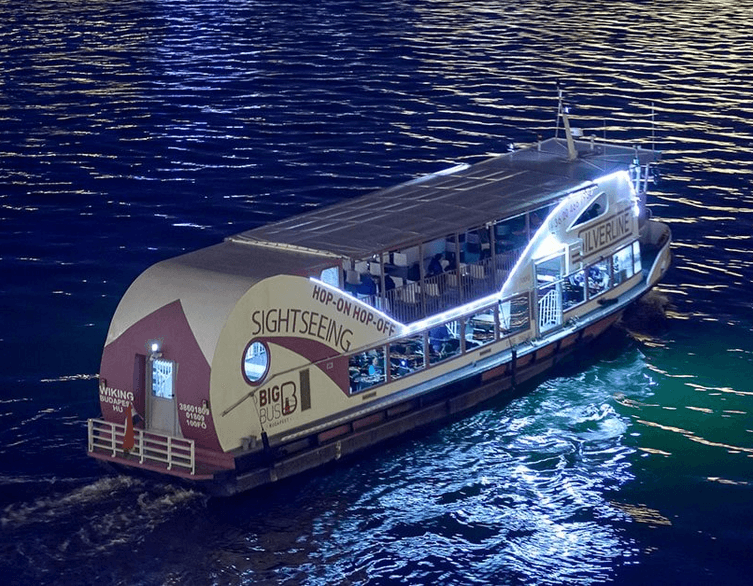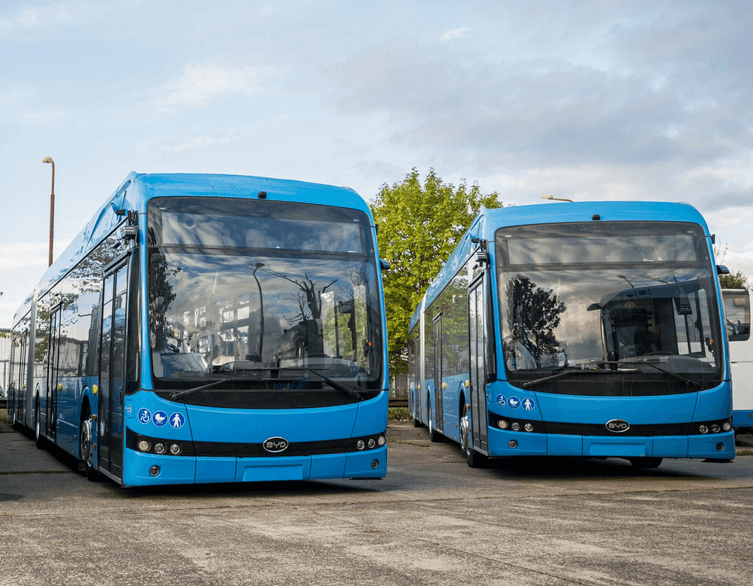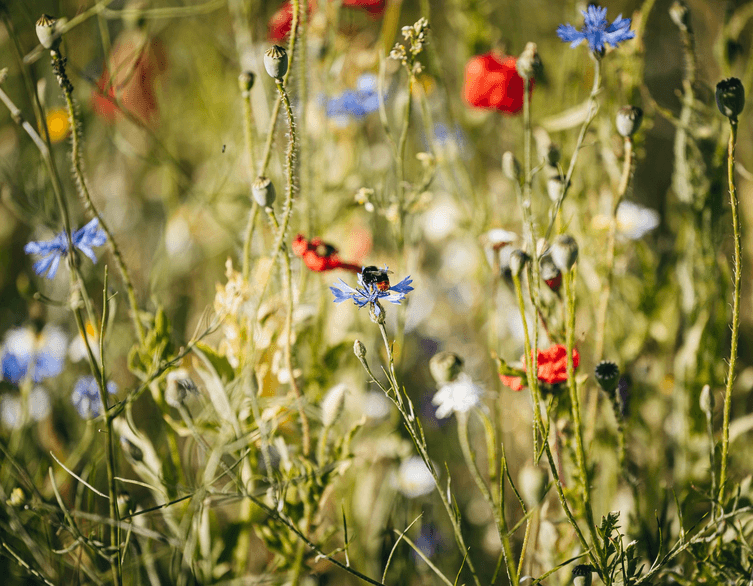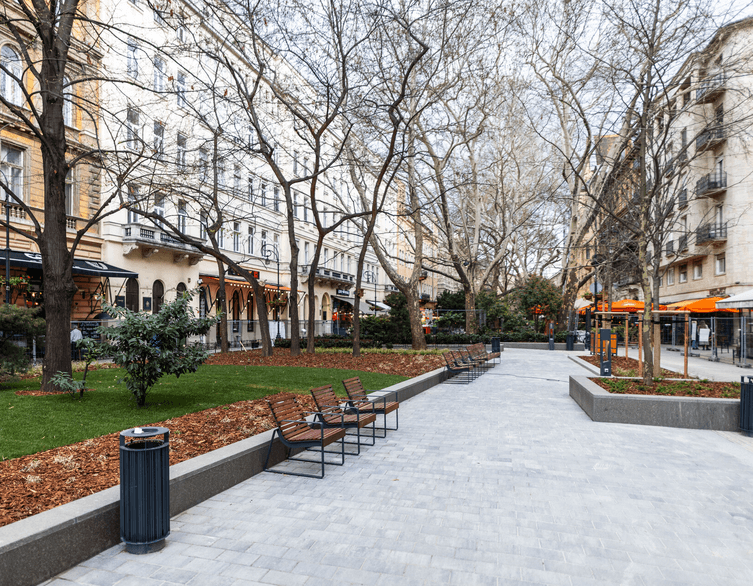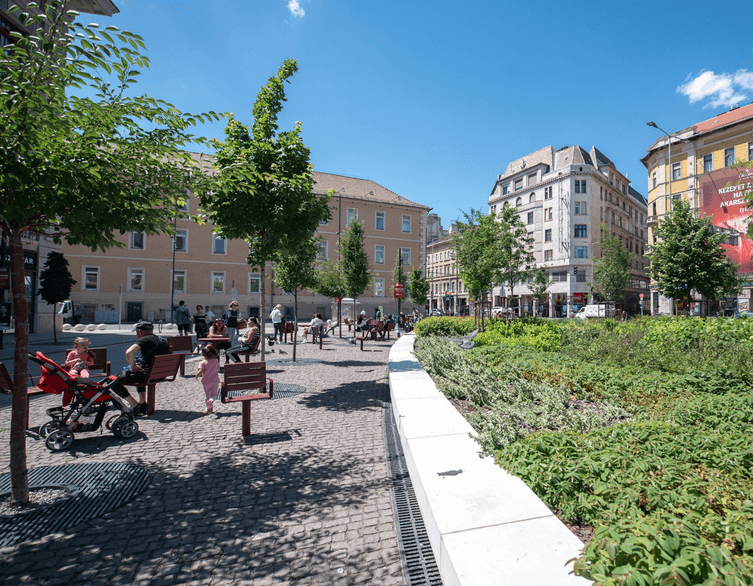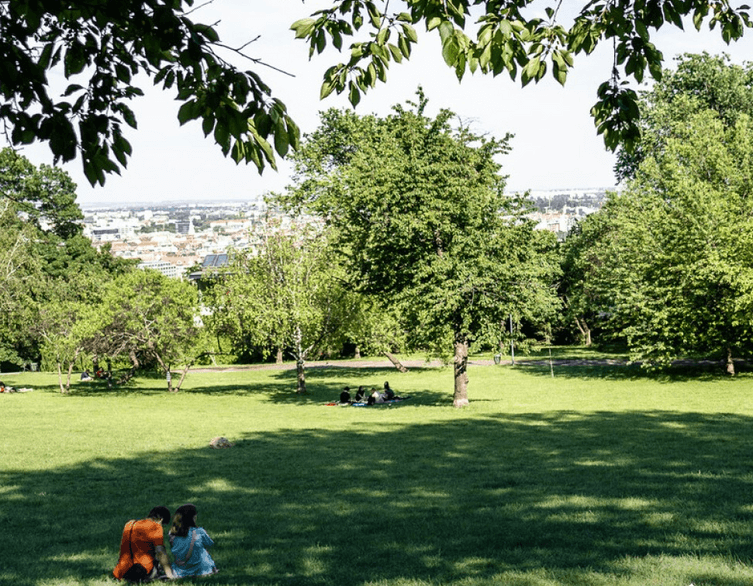Budapest’s Young Minds Just Showed Us How to Save a City (And It’s Actually Genius)

So here’s a question: When was the last time you heard about teenagers voluntarily spending their entire Saturday locked in a theater, furiously brainstorming ways to fix climate change? If your answer is “never,” then you clearly haven’t been paying attention to what just went down in Budapest. On November 8th, the city hosted its very first Climate Hackathon, and honestly, the results were way cooler than anyone expected.
Eight teams of young people, all between 16 and 25 years old, descended upon the Merlin Theater with one mission: make Budapest greener, more livable, and frankly, less of a sweaty mess when summer rolls around. Armed with nothing but their creativity, some facilitators to keep them on track, and presumably copious amounts of coffee, these kids spent ten straight hours developing solutions that put most city council meetings to shame.
The Winners Aren’t Who You’d Expect
The winning team came from Szent László High School and called themselves “Power Plant” (which, let’s be honest, is a pretty metal name for a climate project). Their idea? Stop treating suburban residents like they’re allergic to bicycles. They designed a concrete, actually-doable plan to encourage people living on the outskirts of Budapest to bike the few kilometers between the bus stop and home instead of defaulting to cars or waiting for another bus that may or may not show up sometime this century.
What makes their solution brilliant isn’t just the environmental angle. It’s practical. It acknowledges that people in the suburbs face different transportation challenges than those living in the city center, and it actually makes cycling easier rather than just wagging a finger and saying “you should bike more.” This is the kind of grassroots thinking that makes real change happen.
Community Gardens and Maker Spaces: Not Your Average Teen Ideas
The second-place team, calling themselves “Whispering Grove Greenhouse,” pitched an idea that would make every urban gardener weep with joy. They want to dramatically increase the number of community gardens in Budapest by getting schools involved, creating green communities right in the heart of the city. Imagine kids learning where vegetables actually come from (spoiler: not the supermarket), neighbors bonding over tomato plants, and pockets of greenery popping up across concrete neighborhoods. It’s wholesome, it’s practical, and it addresses the urban heat island effect that makes Budapest feel like a sauna in July.
Then there’s the third-place “Over Engineering” team, who clearly understand that we live in a throwaway culture and they’re not having it. Their “Makers Space” concept would transform libraries into repair hubs where people could fix broken items and even manufacture replacement parts. Instead of tossing out a toaster because one component broke, you’d head to your local library, get it fixed, maybe learn something new, and avoid adding to the mountain of electronic waste that’s slowly burying us all. It’s circular economy thinking at its finest, wrapped in a community-building bow.
Budapest’s Already Walking the Walk
Now, before you dismiss this as just another feel-good youth event that won’t change anything, here’s where it gets really interesting: Budapest isn’t just talking about climate action—the city has serious receipts to back it up. In 2025, Budapest received the prestigious “Global Smart Green City 2025” award in Geneva, making it the first city in Central and Eastern Europe to earn this distinction. Among European capitals, only Vienna and Dublin had previously received this honor.
The award came from the Global Forum on Human Settlements (GFHS), one of the world’s most respected international organizations dedicated to sustainable urban development, which holds special consultative status with the UN Economic and Social Council. This isn’t some participation trophy—it’s recognition that Budapest is genuinely getting things done on the climate front. As Mayor Gergely Karácsony explained, when developing or transforming anything in Budapest, the first and most important question is whether it supports the green transition.
What Green Budapest Actually Looks Like
So what exactly earned Budapest this international recognition? Let’s break it down into changes you can actually see and experience as a visitor. On the transportation front, public transit fares have been reduced through a tariff agreement, and travel became completely free for children under 14. The city has increased pedestrian traffic by 50% and cycling by 100% through infrastructure improvements. The renovated MOL Bubi bike-sharing system now sees ten times more users than before. The reopening of the Chain Bridge as a more pedestrian-friendly space became a symbolic moment, and the lower Pest embankment gets transformed into a car-free, people-centered space on weekends during sunny months.
All new vehicle purchases—trams, buses, trolleys—are environmentally friendly and low-floor accessible. Over the past six years, more than 40,000 trees have been planted throughout the capital. New urban squares and parks are designed with an innovative green approach. Most recently, Budapest secured 25 billion forints in EU funding to make streets healthier and more sustainable.
The city has implemented a heat-map-based targeted irrigation system to combat summer heat waves, new drinking fountains have appeared throughout the city, and rain gardens have become widespread. The “sponge city” concept—where urban areas absorb and manage rainwater naturally—has become a fundamental principle of city planning.
Best deals of Budapest
Community Engagement That Actually Works
Budapest’s green transformation isn’t just about top-down policies. Community involvement has become central to the city’s strategy. Parks now feature community composters, and during summer months, volunteer watering programs brought residents together to care for their neighborhoods. The “Sky-High Grass” grant program is greening inner-city courtyards, while another initiative supports small gardens on housing estates. Budapest even developed its own location-specific wildflower seed mix, and the city’s parks department has transformed mowing schedules across increasingly larger areas to favor pollinators and biodiversity.
The fight against food waste has also yielded impressive results. Budapest joined the Milan Food Pact, launched sustainable cafeteria programs in 30 schools, and prioritized reintroducing native ingredients like lentils and spelt into the food system. The city focuses on rescuing edible but unsellable produce and channeling it into public catering.
In 2025, Budapest purchased Rákosrendező, the city’s most valuable development reserve, where an international competition will shape a completely modern, sustainable, and climate-friendly neighborhood. The city launched a Housing Agency, runs utility support programs for Budapest residents, and created a 10-billion-forint condominium renovation fund in partnership with districts to improve energy efficiency. Budapest even completed its first solar map to help residents and businesses harness renewable energy.
Why This Matters to You
What really stands out about Budapest’s Climate Hackathon isn’t just that it happened—it’s that it happened in a city that’s already proven it takes youth voices and climate action seriously. The hackathon wasn’t some token gesture organized by a government that talks green but acts grey. This was a city government, backed by European Union funding, investing real resources into grassroots ideas and connecting winning teams directly with decision-makers, including a personal meeting with the mayor himself.
For visitors, this context transforms how you experience Budapest. That incredibly affordable public transit you’re using? Part of a deliberate climate strategy. Those new drinking fountains where you refill your water bottle? Placed strategically to reduce plastic waste and help people cope with heat. The pedestrian-friendly spaces where you can actually enjoy the city without dodging traffic? Intentionally designed to prioritize people over cars. The lush parks and tree-lined streets providing shade on hot days? The result of systematic planting programs and biodiversity-focused management.
A City That Listens to Its Future
What makes Budapest’s approach revolutionary is how it flips traditional urban planning on its head. Instead of consultants in suits deciding what’s best for everyone, the city asked the people who will inherit Budapest’s future to weigh in now. The hackathon specifically sought ideas tackling urban mobility, energy efficiency, and circular economy principles—all with modest budgets and grassroots implementation strategies.
The teams had to present their ideas with a poster and a maximum two-minute video to a jury that included Mayor Karácsony himself, along with experts and representatives from supporting companies like IKEA and K&H Bank. That’s real-world skills right there: take a complex problem, distill it into something digestible, and pitch it convincingly under pressure. These aren’t just climate solutions; they’re mini-masterclasses in civic engagement.
The Bigger Picture
Budapest’s first Climate Hackathon and its international green city award tell the same story from different angles: this is a city that’s figured out how to balance its role as a major tourist destination with genuine environmental responsibility. While you’re busy exploring thermal baths, admiring Parliament’s illuminated dome, and getting lost in the Jewish Quarter’s winding streets, you’re also experiencing a city that’s actively reimagining what urban life can look like in an age of climate change.
The success of the hackathon raises real hope that these student projects could actually get implemented. Given that the city has already proven it can execute ambitious green initiatives—from renovating entire transport systems to planting forests worth of trees—a suburban bike-sharing program or school-based community gardens suddenly seem entirely plausible.
For visitors, keeping an eye on Budapest’s evolving green initiatives adds another layer to experiencing the city. That new bike lane you’re cruising down might have started as a teenager’s hackathon idea. The community garden you stumble across in a formerly concrete plaza could be the legacy of the Whispering Grove Greenhouse team. Cities are living organisms, constantly changing, and Budapest is choosing to change thoughtfully, with recognition from international bodies and input from the generation that has the most at stake.
Budapest’s message is clear: good ideas don’t require decades of experience or fancy degrees. Sometimes they just need fresh eyes, genuine concern, and a willingness to think differently. And most importantly, they need a city government that’s willing to listen, invest, and act. That’s the Budapest you’re visiting—a city that’s earned the right to ask its young people for ideas because it’s already proven it knows how to turn vision into reality.
Related news














